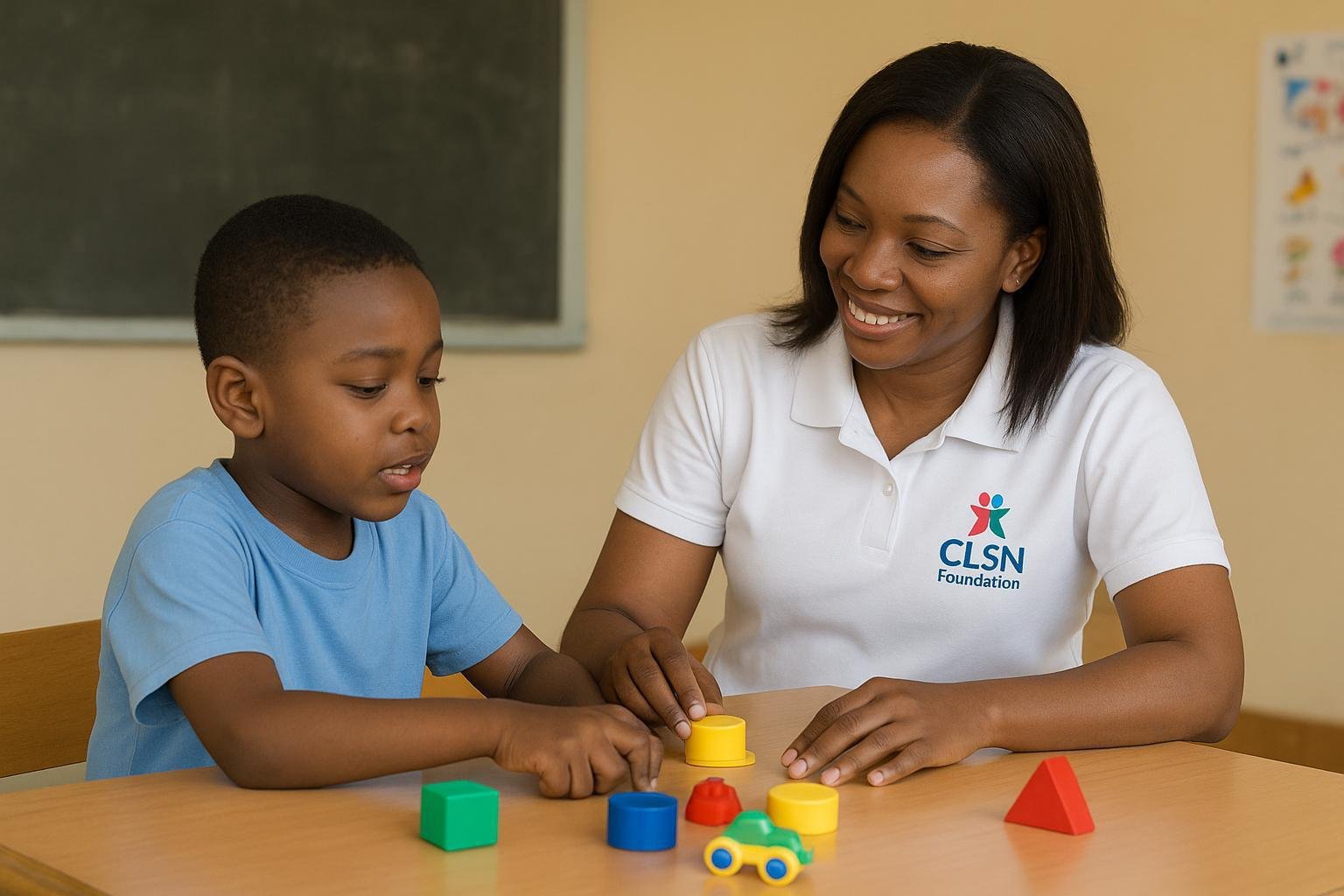



October 29, 2025
Have you ever tried teaching your child something simple like tying shoelaces or reading a short word only to find they don’t understand it or they understand it in a completely different way? That’s because no two brains learn the same way. For children with Autism, ADHD, or Dyslexia, learning isn’t just about sitting still […]
Read More
September 25, 2025
Sensory seeking refers to behaviors where individuals actively pursue intense sensory experiences to meet their nervous system’s need for stimulation. Unlike sensory avoidance, where people withdraw from sensory input, sensory seekers crave and actively pursue sensory experiences that others might find overwhelming or unnecessary. This neurological difference affects how individuals process and respond to sensory […]
Read MoreSeptember 8, 2025
The bus was already full, so full that some desperate passengers squeezed into the boot, clutching each other tightly as the driver shut it closed. They weren’t traveling for pleasure nor for business. They were heading to Sokoto City with a singular purpose: to seek answers and hope for their children with special needs. At […]
Read MoreAugust 13, 2025
At the Candlelight Foundation for Children with Special Needs (CLSN), we believe every child has a unique light waiting to shine. While our community outreach and awareness campaigns are vital, the true transformation happens in the quiet, dedicated work of our therapy and support services. Through programs like behavioral, occupational, and speech therapy, we are […]
Read MoreJune 12, 2025
The email📧 from Candlelight Foundation for Children with Special Needs landed in my inbox like so many others—another request for donations. I almost scrolled past. But then a phrase caught my eye: “free therapies, supplements, consultations for children with special needs.” I paused. As a parent, I know how essential the right support is for […]
Read MoreMay 16, 2025
Introducing the Candlelight Voice App: Supporting Communication and Growth for Children with Special Needs In today’s digital world, technology is playing an important role in how we educate and support children with special needs. One exciting development is the Candlelight Voice App. This app is a helpful, interactive tool created to support children with speech […]
Read MoreApril 17, 2025
Helping children with Autism and ADHD navigate emotions can be challenging. Many struggle to understand their feelings, express them appropriately, or manage emotional reactions in social situations. This is where Social Stories come in a simple yet powerful tool that fosters emotional regulation, social understanding, and positive behaviour. What Are Social Stories? Developed by Carol […]
Read MoreDecember 13, 2024
Communication is an important part of human connection, but for children on the spectrum, it can often feel overwhelming. Challenges in understanding and expressing themselves can lead to frustration, withdrawal, or challenging behaviors. Recognizing these struggles and providing supportive strategies can empower both children and their parents to help the child communicate more effectively. Why […]
Read MoreNovember 12, 2024
Raising a child with special needs presents unique joys and challenges. One of the most common issues for parents and caregivers is how to manage challenging behaviors. These behaviors can be difficult to understand and control, but with the right information and effective strategies, a parent can create a more supportive environment for their child. […]
Read MoreOctober 24, 2024
One afternoon, Sarah sat at her kitchen table, watching her 8-year-old son, Alex, jump from one activity to another. He grabbed a toy, threw it outside, ran outside to pick it up before dashing inside again, then ran over to the window, staring outside for a second before coming back to her. His energy was […]
Read More